Best 1st baby foods
When to Start Baby Food
Starting solids is an exciting and important milestone in baby’s development—one that not only opens them up to a brand-new world of flavors and textures, but also puts them on the right path to growing healthy and strong. Here’s what you need to know about how and when to start baby food for a smooth transition.
In this article:
When to start baby food
How to start baby on solids
Best first foods for baby
Introducing allergenic foods
When to Start Baby Food
Knowing when to start baby food is both crucial and tricky. Starting baby on solids too early means you might increase the risk of choking, obesity and bellyaches, but introducing solids too late means you might slow baby’s growth and encourage an aversion to solid foods, among other conditions. Fortunately, doctors have zeroed in on a sweet spot for starting baby food, which is sometime between 4 and 6 months of age—though, ideally, baby should be receiving their nutrition exclusively from breast milk until the six-month mark, according to the American Academy of Pediatrics (AAP). How to tell if it’s time for starting solids for your little one? Baby will give you clues, including:
• Baby can sit in a high chair comfortably on their own. This is a major sign in terms of when to start baby food, says Lauren Kupersmith, MD, a pediatrician at Hassenfeld Children’s Hospital at NYU Langone in New York City. It means baby can hold their head up and doesn’t need to be propped up to stay in the upright position, which is important to avoid choking.
• Baby looks interested at mealtime. Babies likes to mimic what we do, so if your child likes to sit up like a big kid and watch you eat, then by all means let them try eating too.
• Baby can move food to the back of their throat to swallow. But if baby tends to push the food out of their mouth—not because they don’t like it, but because they can’t seem to get the food to where it needs to go—hold off on starting solids.
How to Start Baby on Solids
At 4 to 6 months, most of baby’s nutrition will still come from breast milk or formula, so don’t worry if baby doesn’t like eating food right away. Introducing solids is a gradual process, and every baby learns in their own time. Here are some general guidelines for how to start baby on solids:
Introducing solids is a gradual process, and every baby learns in their own time. Here are some general guidelines for how to start baby on solids:
• Feed baby with a spoon. Letting your child go at it with their hands may seem tempting (and super-cute), but it’s best that they learn the right way from the get-go. (And even then, be prepared to clean up more than a few messes!) Also, never put cereal (or any other food) in baby’s bottle—it’s a choking hazard.
• Start slowly. When introducing solids, a half spoonful will do at first—you may even want to talk baby through it (“Yummy!”). To make it easier for baby to get accustomed to the idea of swallowing solids, start mealtime with a little breast milk or formula, then offer some food (again, no more than a half teaspoon at a time) and finish off with more breast milk or formula. If baby cries or turns away when you present the spoon, try again some other time. Start off with introducing solids at one meal a day, then slowly work your way up.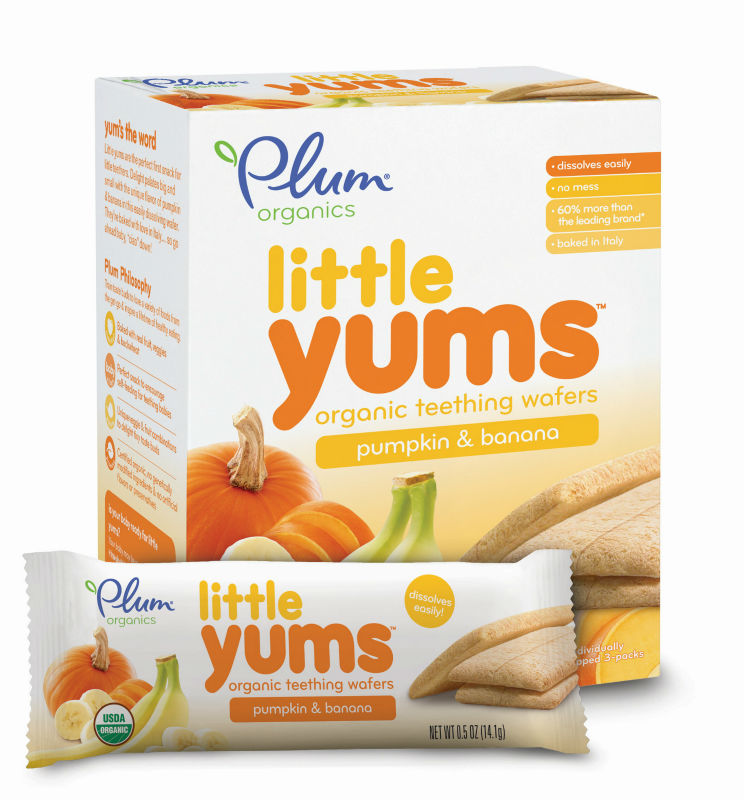 The morning is a good place to start, since baby is often hungriest at that time. When starting solids, baby typically won’t eat more than an ounce or two in one sitting.
The morning is a good place to start, since baby is often hungriest at that time. When starting solids, baby typically won’t eat more than an ounce or two in one sitting.
• Try new foods more than once. Since babies’ tastes will evolve, you may need to try a food 20 times before a baby actually likes it, says Kupersmith.
• Stick with the same food for three days before trying another one. This makes it easy to track whether baby is allergic to a particular food.
• Try foods in different forms. If baby doesn’t like pureed food, try it mashed. After all, baby is learning about new textures as well as new tastes. It may be a case of trial and error until you find a winner.
Best First Foods for Baby
Got baby safely strapped into the high chair and bib? You’re ready to finally start feeding baby solids! There aren’t any official food rules for babies starting solids, and there’s no scientific evidence suggesting you should introduce one type of food before another, assuming the foods aren’t choking hazards.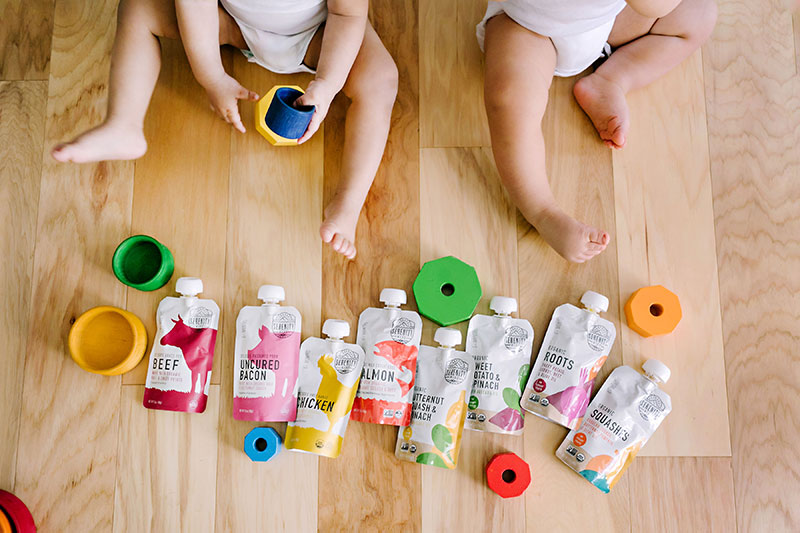 Nevertheless, baby cereal (such as oatmeal, rice and barley) is an “easy training food,” says Kupersmith, which is why it’s often recommended as baby’s first food; you can always mix it with more milk to build up to a thicker consistency. Many doctors also recommend starting vegetables before fruits, but there’s no evidence that this would make babies like vegetables more when they grow up—babies innately love sweets, and the order of introducing solids to baby doesn’t change that.
Nevertheless, baby cereal (such as oatmeal, rice and barley) is an “easy training food,” says Kupersmith, which is why it’s often recommended as baby’s first food; you can always mix it with more milk to build up to a thicker consistency. Many doctors also recommend starting vegetables before fruits, but there’s no evidence that this would make babies like vegetables more when they grow up—babies innately love sweets, and the order of introducing solids to baby doesn’t change that.
So why not simply start introducing solids with something you think baby will like? Here are a few common first foods for baby that are healthy and easy to eat (and, in the case sweet potato and banana, also easy to digest). Whatever you decide to feed baby, mash it with a fork or puree before serving whenever introducing solids.
- Baby cereal, such as oatmeal, rice, barley
- Sweet potato
- Banana
- Avocado
- Apples
- Pears
- Green beans
- Butternut squash
If your child has been breastfeeding, check with your pediatrician about getting a jump on pureed chicken or beef when you’re starting solids.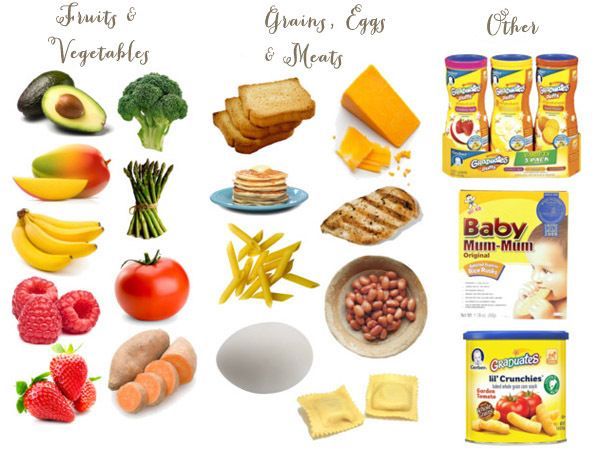 These foods contain easily absorbable forms of iron and zinc, which baby needs by 4 to 6 months, according to the AAP.
These foods contain easily absorbable forms of iron and zinc, which baby needs by 4 to 6 months, according to the AAP.
At around 9 months, baby should have already worked their way up to a variety of foods, including cereal, vegetables, fruits, meats, eggs and fish (see below regarding the last two). (Keep in mind, though, that baby will still get the majority of their nutrients from breast milk or formula until age one.) By now, baby will probably settle on three meals a day along with two snacks. Let them consume about 4 ounces of solids at each meal (equivalent to a small jar of strained baby food) and about half that amount for each snack.
Save honey and cow’s milk for after baby’s first birthday—there’s a risk for infant botulism with honey (a type of bacterial poisoning), and baby’s tummy isn’t prepared to digest large amounts of cow’s milk until they’re about one year old. Avoid adult processed foods and foods that are choking hazards (such as sticky foods, like large gobs of peanut butter; hard foods that are difficult to gum, like raw vegetables, nuts, seeds and popcorn; and round, slippery foods that haven’t been cut up, like grapes and cherry tomatoes). Instead, the first foods for baby, and those in the months that follow, should be soft and served mashed, pureed or (once baby seems ready to move up from the really mushy stuff) cut up into really little bits. “There’s pretty much free reign at that point,” Kupersmith says.
Instead, the first foods for baby, and those in the months that follow, should be soft and served mashed, pureed or (once baby seems ready to move up from the really mushy stuff) cut up into really little bits. “There’s pretty much free reign at that point,” Kupersmith says.
Introducing Solids Chart
Hesitant about improvising your first foods for baby? That’s okay too. If you prefer an “introducing solids chart” to help you plan out baby’s path, the guide below can come in handy.
Image: The Bump
Introducing Allergenic Foods
Much of the confusion around when to start baby food stems from questions concerning allergenic foods. These are foods that babies are most often allergic to. The major culprits include dairy, eggs, fish, peanuts and tree nuts. In the past, parents were advised to hold off on exposing baby to these foods, but now doctors recommend introducing them early, often and in age-appropriate format, which means starting off with purees and soft textures.
“Dairy is an easy starting point, given options such as yogurt and cheese,” says David Stukus, MD, director of the Food Allergy Treatment Center at Nationwide Children’s Hospital and a spokesperson for the American College of Allergy, Asthma, & Immunology. You can also try scrambled eggs in small amounts, although baby may not be too pleased with the texture at first.
As far as peanut products go, the National Institutes of Health issued new guidelines in 2017 that encourage parents of children at high risk for peanut allergies to incorporate them into baby’s diet at 4 to 6 months of age. Giving these babies peanut products before the age of one actually decreases their risk of developing a peanut allergy before age 5 by 81 percent, compared to kids who are introduced to peanuts later in life. Parents of kids without the food allergy risk can start peanut products whenever they’d like, as long as the nuts are in an age-appropriate form: Peanut butter can be thinned out with water or mixed into a fruit or vegetable puree, and peanut powder can also be mixed into cereal and fruits. Don’t give whole peanuts or pieces of peanuts, since they’re a choking risk.
Don’t give whole peanuts or pieces of peanuts, since they’re a choking risk.
Allergic reactions to food are never just a fluke; they will happen with every exposure. Symptoms can range from mild (such as a rash or vomiting) to severe (such as trouble breathing). If baby has a food allergy, you’ll notice a reaction within minutes or up to two hours after eating the problematic food, Stukus says. If the symptoms are severe, call 911 right away. Otherwise, talk to your pediatrician; she can help confirm whether it’s an allergy or some other type of condition (such as a viral illness).
Expert bios:*
Lauren Kupersmith, MD, IBCLC, is a pediatrician and clinical instructor at Hassenfeld Children’s Hospital at NYU Langone in New York City, as well as a certified lactation consultant. She earned her medical degree from New York Medical College in 2005.
David Stukus, MD, is the director of the Food Allergy Treatment Center at Nationwide Children’s Hospital, an associate professor of pediatrics in the division of allergy and immunology and a spokesperson for the American College of Allergy, Asthma, & Immunology.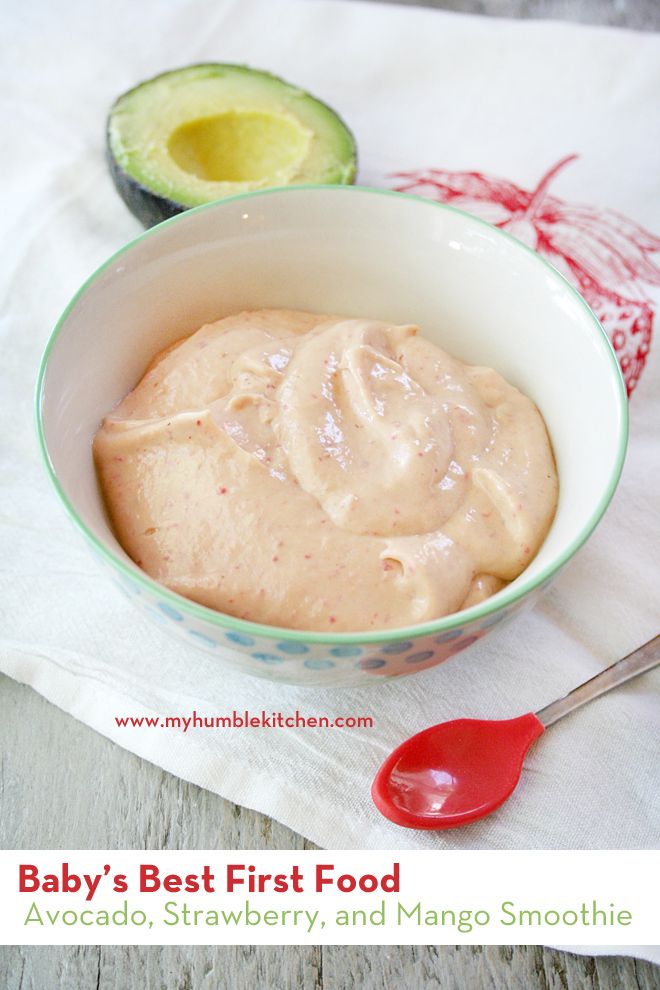 He earned his medical degree from University of Pittsburgh School of Medicine in 2002.
He earned his medical degree from University of Pittsburgh School of Medicine in 2002.
Updated January 2020
Please note: The Bump and the materials and information it contains are not intended to, and do not constitute, medical or other health advice or diagnosis and should not be used as such. You should always consult with a qualified physician or health professional about your specific circumstances.
10 Best First Foods for Baby (purees or baby-led weaning)
These 10 Best First Foods for Baby are perfect either as a baby food puree or as finger foods for baby-led weaning. Full of essential nutrients for a growing baby, these irresistibly delicious recipes are great for babies 6+ months of age. What’s more, this guide also contains 6 tips for getting started and more than 30 easy-to-follow recipes!
Medically reviewed by Jamie Johnson, Registered Dietitian Nutritionist (RDN), and Lauren Braaten, Pediatric Occupational Therapist (OT).
Best First Foods for Baby
Looking to serve your baby the best foods right from their very first bite?
Then this guide is for you! Filled with 10 of my all-time favorite foods for baby, all in one place!
These 10 wholesome foods are packed with vital nutrients for a growing baby, are full of flavor, and are hassle-free to make into a simple baby food puree or finger food for baby-led weaning. Plus, the ingredients are relatively easy to find in any grocery store.
10 of the Best First Foods for Baby- Apple
- Broccoli
- Salmon
- Egg
- Sweet Potato
- Yogurt
- Avocado
- Banana
- Squash
- Green Beans
Let’s take a closer look into each of these mouthwatering foods, shall we?
First time making homemade baby food? Then, I would suggest that you start by reading my very in-depth Guide on how to Make Homemade Baby Food – which goes over all the important information such as the best cooking tools to have on hand, safe storage, how to know when baby is ready for solids, how to introduce purees, the best first foods for baby, and more! If you are doing Baby-Led Weaning, then be sure to check out my Complete Guide to Baby-Led Weaning – which covers what exactly is baby-led weaning, to every parent’s concern of baby-led weaning and choking, this guide goes over it all. I will also share how to know when baby is ready for BLW, the top 10 best first foods, a helpful sample blw feeding schedule, helpful tools to have on hand, and much much more! You can also check out my best-selling cookbook for even more information and recipes!
I will also share how to know when baby is ready for BLW, the top 10 best first foods, a helpful sample blw feeding schedule, helpful tools to have on hand, and much much more! You can also check out my best-selling cookbook for even more information and recipes!
Best Foods for Baby Video
Watch this video to see how easy these 10 foods are to make for your baby.
When Is Your Baby Ready For Their First Bite?
Whether you decide to go with traditional weaning (purees), baby-led weaning or a combination of both, look for these readiness signs in your baby:
- Around 6 months of age
- Sitting with minimal assistance
- Good control of their head and trunk
- Bringing hands and toys to their mouth
- Appears interested in food, possibly by reaching for or leaning forward towards food
Before you start weaning your baby, you should consult with your pediatrician to make sure your child is developmentally ready.
Tips for Getting Started
- Start Slowly – Start by serving a small amount of one food item to your baby once or twice a day to see how they will react. If they are reaching for more, then, by all means, give them more. If they keep tossing it on the floor or refusing to open their mouths, then take that food away and try again in a couple of days. It takes some time before they are eating entire meals.
- Cut Up Finger Foods – To avoid choking hazards, make sure you are cutting finger foods for baby-led weaning into long, 2-3 inch strips or small, mashable, pea-sized pieces. Usually, babies starting baby-led wearing prefer using their palmar grasp (holding onto the long 3″ piece of food), but you can also cut the food both ways to see which one your baby prefers.
- Be Patient – It might take a while for your baby to get into their eating groove. They may also love the idea of eating but get more food on the floor than in their mouths.
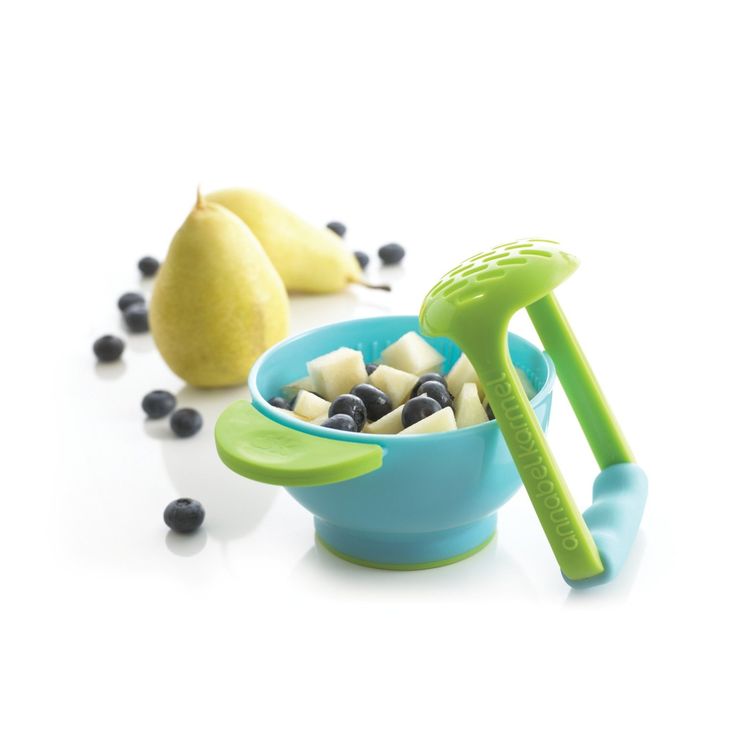 Babies might even seem interested in food but then turn their heads every time a spoon comes near their lips. It’s frustrating, I get it! But keep on serving healthy foods and be patient.
Babies might even seem interested in food but then turn their heads every time a spoon comes near their lips. It’s frustrating, I get it! But keep on serving healthy foods and be patient. - Eat as a Family – Whether you are doing purees or baby-led weaning, eating as a family promotes healthy food habits right from the start. By eating with your baby, you show them how to bring food from a plate to your mouth, chew, and swallow. And when babies see their mom or dad eating the same thing as they are, they are more likely to eat it!
- Mix It Up – Please do not take these 10 foods and serve them to baby all at once and for every meal. Sure, they are loaded with nutrients and flavor for a growing baby. But babies also need to be exposed to various fruits, veggies, grains, and meats. So mix things up and try to serve them different items each week.
- Add Seasoning – I definitely recommend serving food with spices, herbs, and added healthy fats (refined coconut oil, high-quality olive oil, or butter).
 Not only do healthy fats aid in brain development and keep babies full up for longer, but they also make food taste way better! Fats are also needed to help absorb the fat-soluble vitamins A, D, E, and K.
Not only do healthy fats aid in brain development and keep babies full up for longer, but they also make food taste way better! Fats are also needed to help absorb the fat-soluble vitamins A, D, E, and K.
Purees vs. Baby-Led Weaning
Regardless of what you read or hear, there is no right or wrong way to feed your baby.
Purees might work better for your family because you can prep a ton of purees in an afternoon and have a freezer stash of food ready for your baby to eat anytime they are hungry.
Perhaps Baby-Led Weaning might be a more flexible way to serve food to your baby right alongside everyone else.
Or maybe a combo of purees and baby-led weaning would work best.
Either way, it’s important to remember that this stage of feeding is all about exposure to new flavors and textures of foods.
So, you do you!
Again, there is NO right way to feed your baby! Play around and find out what works best for both your baby and family and go with it.
Kitchen Tools
Here are my favorite kitchen essentials to make the best homemade baby foods for your baby! These kitchen tools will help make the process of cooking, blending, and freezing baby food hassle-free. You can find a full list of my favorite baby food-making tools in my online Shop.
- Blender or Food Processor
- Freezer Storage Tray
- Fridge Storage Containers
- Stasher Bag
- Baking Sheet
- Steamer Basket
- Medium Saucepan
- Reusable Pouches
- easy to hold fork and spoon
- GOOtensils
- High Chair
- Suction Bowl and Spoon Set
- Bib with Food Catcher
Avocados are often called one of nature’s superfoods because they contain so many nutrients a person needs to survive and thrive.
Benefits of Avocado for Baby
They are packed with all the B vitamins (minus B12), vitamin C, a wide array of minerals and are high in brain-building omega-3 fatty acids. In fact, 88% of an avocado is made up of healthy fats, helping us absorb certain fat-soluble vitamins, control blood sugar, and support a healthy cardiovascular system. In other words, avocados are so nutritious; they are also ideal as the first food for your baby.
In fact, 88% of an avocado is made up of healthy fats, helping us absorb certain fat-soluble vitamins, control blood sugar, and support a healthy cardiovascular system. In other words, avocados are so nutritious; they are also ideal as the first food for your baby.
How to Make Avocado Baby Food Puree
Make sure to read the recipe card below for full ingredients and instructions!
- Peel and pit a quarter of a ripe avocado and place it on a cutting board.
- With the back of a fork, mash the avocado until smooth.
- If needed, you can add a teaspoon or two of formula or breast milk to make the puree extra smooth and creamy.
How to Serve Avocado for Baby-Led Weaning
Make sure to read the recipe card below for full ingredients and instructions!
- Cut a slice of avocado off of the pit.
- Using a small knife, cut into the peel 1/3 of the way up the slice of avocado until you get to the flesh.
- Peel off 2/3 of the peel and hand your baby the peel side of the avocado.
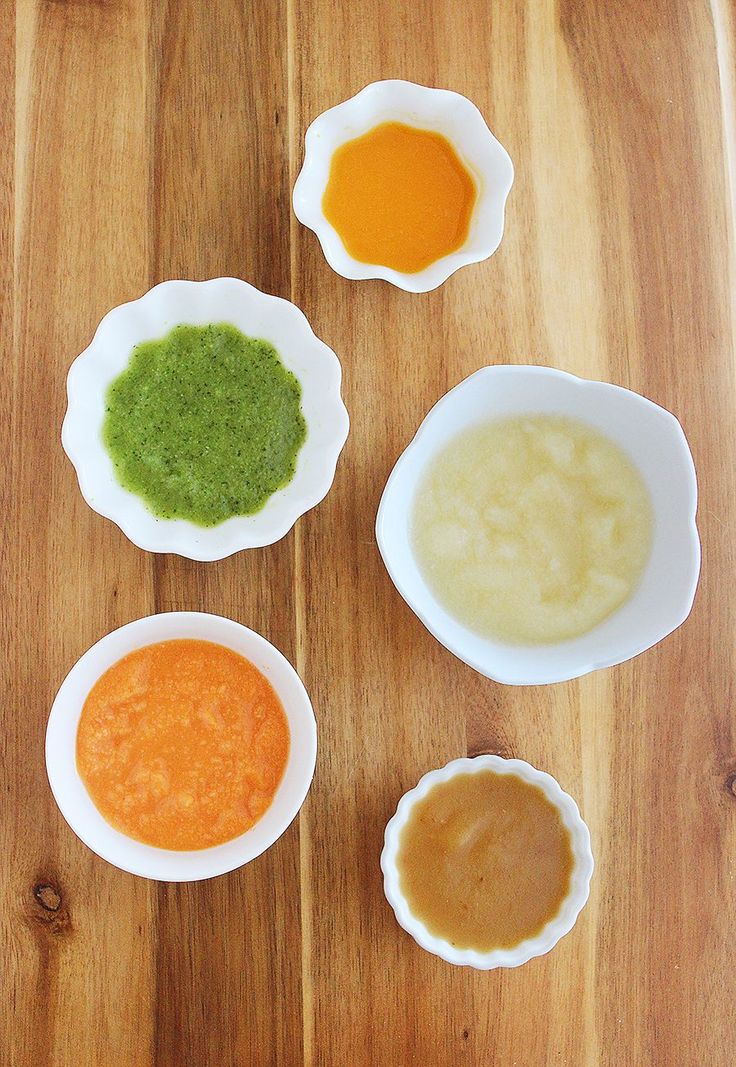 This provides a nice handle for babies to hold while they eat the avocado.
This provides a nice handle for babies to hold while they eat the avocado.
Want more avocado recipes? Get 4 more ways to serve avocado to baby here!
EggEggs are another amazing first food for babies and can be served any time of the day.
Benefits of Eggs for Baby
Egg yolks are packed with choline, an important nutrient for your baby’s brain development, and the whites are excellent sources of protein. Pasture-raised eggs are a good course of brain-boosting Omega-3s.
How to Make Egg Baby Food PureeMake sure to read the recipe card below for full ingredients and instructions!
- Hard-boil an egg, then peel away the shell and white part.
- Place the cooked egg yolk on a cutting board or baby-safe plate.
- Using the back of a fork, mash the egg yolk until smooth, adding a teaspoon or two of breast milk or formula if needed to make it creamy.
Make sure to read the recipe card below for full ingredients and instructions!
- Peel a hard-boiled egg and cut it into quarters the long way.
 Scrambled eggs, plain omelets, or egg roll-ups also work great as finger food for babies.
Scrambled eggs, plain omelets, or egg roll-ups also work great as finger food for babies. - Place the egg quarters on baby’s highchair tray or in a bowl.
Sweet Potato
Sweet potatoes are also at the top of my list when it comes to the first foods to introduce to babies. The nutritional value of sweet potatoes is outstanding, and their naturally sweet taste makes them easy to introduce to your baby.
Benefits of Sweet Potato for Baby
Sweet potatoes are also high in beta-carotene and vitamin C and the ultra-important electrolyte mineral, potassium! Sweet potatoes also contain good levels of vitamin E, calcium, and folate. Due to their high fiber content, sweet potatoes helps support a healthy digestive tract and promote regular bowel movements for your baby.
How to Make Sweet Potato Baby Food Puree
Make sure to read the recipe card below for full ingredients and instructions!
- Peel and chop 1-2 sweet potatoes.
- Place them in a steamer basket over boiling water and steam for 10-12 minutes or until tender when pricked with a fork.

- Add cooked sweet potatoes to a food processor or blender, and puree for 1-2 minutes until completely smooth, adding water, fresh breast milk or formula, in 1/4 cup increments if needed. I had to use 1 cup of water for the puree above.
- For more sweet potato recipes your baby can enjoy, visit these posts: Sweet Potato + Curry Baby Food Puree, Sweet Potato + Thyme Baby Food Puree, and Sweet Potato with Coconut Milk Baby Puree.
How to Serve Sweet Potatoes for Baby-Led Weaning
Make sure to read the recipe card below for full ingredients and instructions!
- Peel and slice the sweet potato into long strips that are half an inch thick.
- Place wedges a steamer basket and steam for 8-10 minutes or until tender when pricked with a fork. Remember, you want them soft but not overcooked. Overcooked sweet potatoes tend to fall apart when babies fist them.
- Let them cool and serve to baby. This recipe will last 5 days in the fridge.
Want more sweet potato recipes? Then head over to Sweet Potato for Baby – 6 Delicious Ways
Apples
Apples are a yummy, nutrient-dense first food for babies too.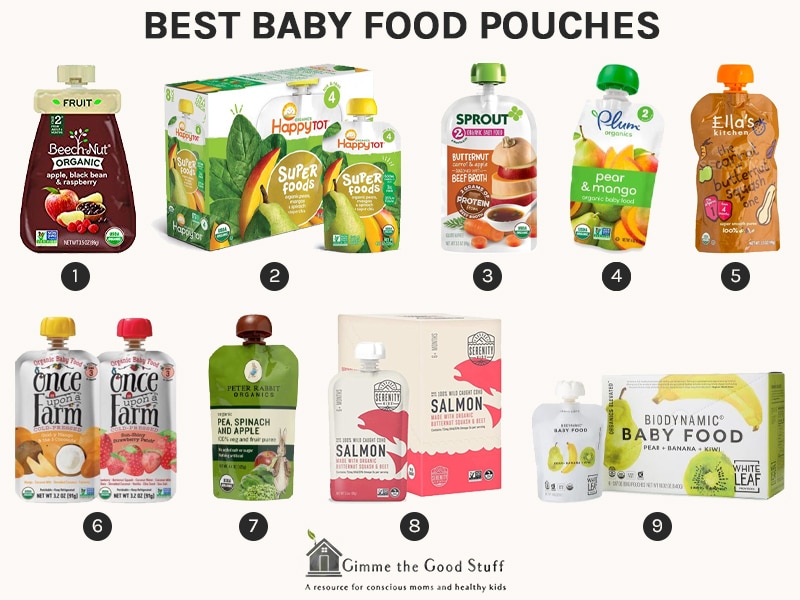 They’re easy to digest, high in immune-boosting nutrients, and perfectly sweet on their own.
They’re easy to digest, high in immune-boosting nutrients, and perfectly sweet on their own.
Benefits of Apples for Baby
We’ve all heard the saying “An apple a day…” well, there may be some truth to this — apples are high in polyphenols and phytonutrients, which are potent antioxidants that help protect babies and kiddos from disease and illness. In addition to antioxidants, apples contain insoluble and soluble fiber, helping protect babies from diarrhea and constipation.
How to Make Apple Baby Food Puree
Make sure to read the recipe card below for full ingredients and instructions!
- Peel and chop 2-3 apples and place them in a steamer basket over boiling water and cook for 8-10 minutes or until tender when pricked with a fork.
- Transfer the apples to a blender and puree for 1-2 minutes or until smooth, adding liquid (water, fresh breastmilk, or formula) in 1/4 cup increments if needed.
- For more amazing apple puree recipes, check out Apple + Cinnamon Baby Food Puree, Apple + Clove Baby Food Puree and Apple + Coconut Milk Baby Food Puree.
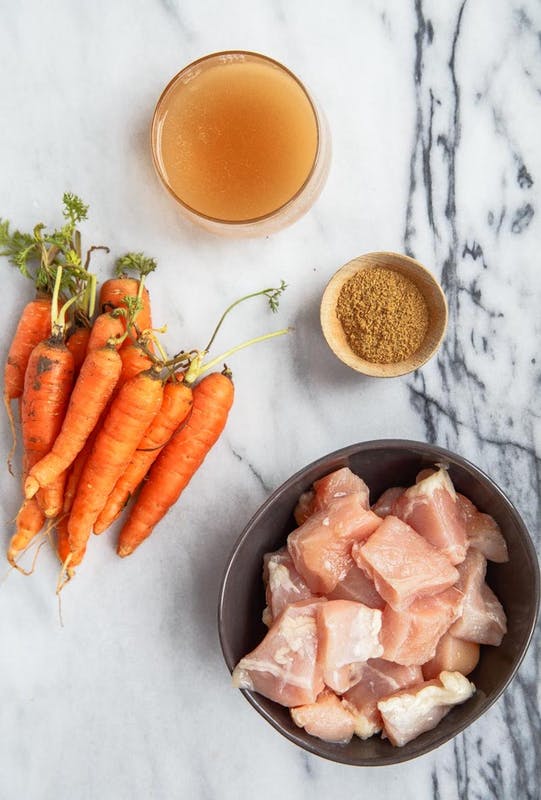
How to Serve Apples for Baby-Led Weaning
Make sure to read the recipe card below for full ingredients and instructions!
- Peel and slice an apple and place in a steamer basket over boiling water for 6-8 minutes or until just tender when pricked with a fork. You want the slices soft but not falling apart.
- Let them cool and serve to baby. You may also add a pinch of cinnamon to the apple slices before serving, but this is optional. Steamed apple slices will last in the fridge for 3 days.
- Add a squeeze of lemon juice to prevent them from browning.
Broccoli
Broccoli is definitely one of the best first food choices for your baby.
Benefits of Broccoli for Baby
This green cruciferous veggie has been shown to lower cholesterol, aid in detoxification, rebuild vitamin D stores, and help combat inflammation. Steaming ensures the broccoli retains the most nutrients and that it won’t become too mushy — a characteristic many kiddos frown upon.
How to Make Broccoli for Baby Food Puree
Make sure to read the recipe card below for full ingredients and instructions!
- Place 2 cups of broccoli florets in a steamer basket over boiling water and steam for 10-12 minutes until tender.
- Transfer to a blender and puree for 1-2 minutes, adding 1/4 cup of liquid (water, fresh breastmilk, or formula) until you have a creamy puree.
- Here are some more amazing broccoli recipes: Broccoli + Chives Baby Food Puree and Broccoli + Olive Oil Puree Baby Food Recipe.
How to Serve Broccoli for Baby-Led Weaning
Make sure to read the recipe card below for full ingredients and instructions!
- Place a cup of broccoli florets into a steamer over boiling water and steam for 8-10 minutes or until tender when pricked with a fork.
- Let them cool and serve to your baby in florets or chopped up into pea-sized pieces. Here is a recipe for my fav roasted broccoli for baby.
Wild-caught salmon is one of the world’s healthiest foods and believe it or not, is a great first food for baby.
Benefits of Salmon for Baby
This is because it is packed with vitamins and minerals like vitamins D and B-12 and omega-3 fatty acids. In fact, salmon is one of the best sources of omega-3s! Combined, these nutrients help improve bone health, boost brain function, promote a healthy heart, and reduce ADHD symptoms in children.
How to Make Salmon Baby Food PureeMake sure to read the recipe card below for full ingredients and instructions!
- I used grilled salmon as that is what I had on hand, but any cooked salmon would work. Place 1/4 cup of cooked salmon along with 1 cup of cooked sweet potato or squash into a blender and puree for 1-2 minutes, adding 1/4 cup of liquids (water, fresh breast milk, or formula) until smooth.
- You can use any fruit or veggie your baby prefers in this recipe. Adding another veggie to the puree also helps the salmon blend into a nice, smooth puree.
Make sure to read the recipe card below for full ingredients and instructions!
- Flake some cooked salmon onto a baby-safe plate or their high chair tray, making sure to pick off any bones.
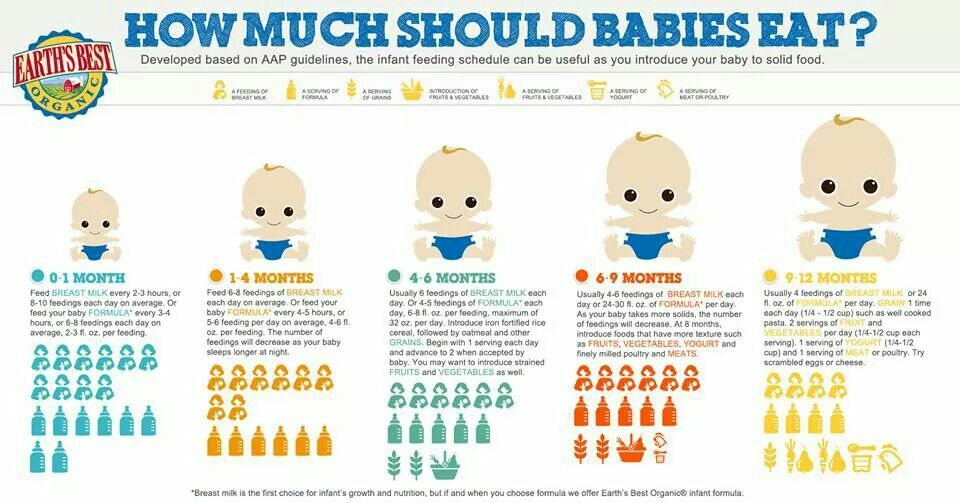 Let your baby eat them with their hand or with this baby-led weaning fork.
Let your baby eat them with their hand or with this baby-led weaning fork.
Yogurt
Plain, whole milk yogurt is a tasty first food for your baby and is great served by itself or mixed into other purees.
Benefits of Yogurt for Baby
Produced by the bacterial fermentation of cow’s milk, yogurt is full of beneficial probiotics that improve digestion and constipation that help keep our gut in good working order. Yogurt is also high in protein (especially Greek or skyr varieties) and calcium, helping our bones and teeth stay healthy and strong.
Whole milk yogurt is recommended over low fat because fat helps with brain development. Plus, fat and protein can help maintain fullness for longer. Yogurt has also been shown to help improve blood sugar control (the plain variety, not the sweetened, fruit, or vanilla flavored) and help reduce total cholesterol levels while increasing our “good” HDL cholesterol. It’s best to avoid any flavored yogurt at this age so your baby does not get too much sugar. You can also serve your baby plain goat’s milk as a nice alternative to cow’s milk yogurt. I recommend waiting to serve plant-based yogurts to your baby until 7 months, but keep in mind; they will not have the same nutrient profile as dairy yogurts.
You can also serve your baby plain goat’s milk as a nice alternative to cow’s milk yogurt. I recommend waiting to serve plant-based yogurts to your baby until 7 months, but keep in mind; they will not have the same nutrient profile as dairy yogurts.
How to Make Yogurt Baby Food Puree
Make sure to read the recipe card below for full ingredients and instructions!
- Place a small spoonful in a bowl and serve to your baby.
How to Serve Yogurt for Baby-Led Weaning
Make sure to read the recipe card below for full ingredients and instructions!
- Place a small spoonful of yogurt into a bowl, load up this self-feeding GOOtensil with a small amount of yogurt, and hand it to your baby.
NumNum Pre-Spoon GOOtensils
Our favorite spoon for baby! Designed to work great with both purees and soft solid foods, the spoon holds onto the food and makes it easier for baby to self-feed themselves.
View Product
Banana
Bananas and babies are pretty much synonymous.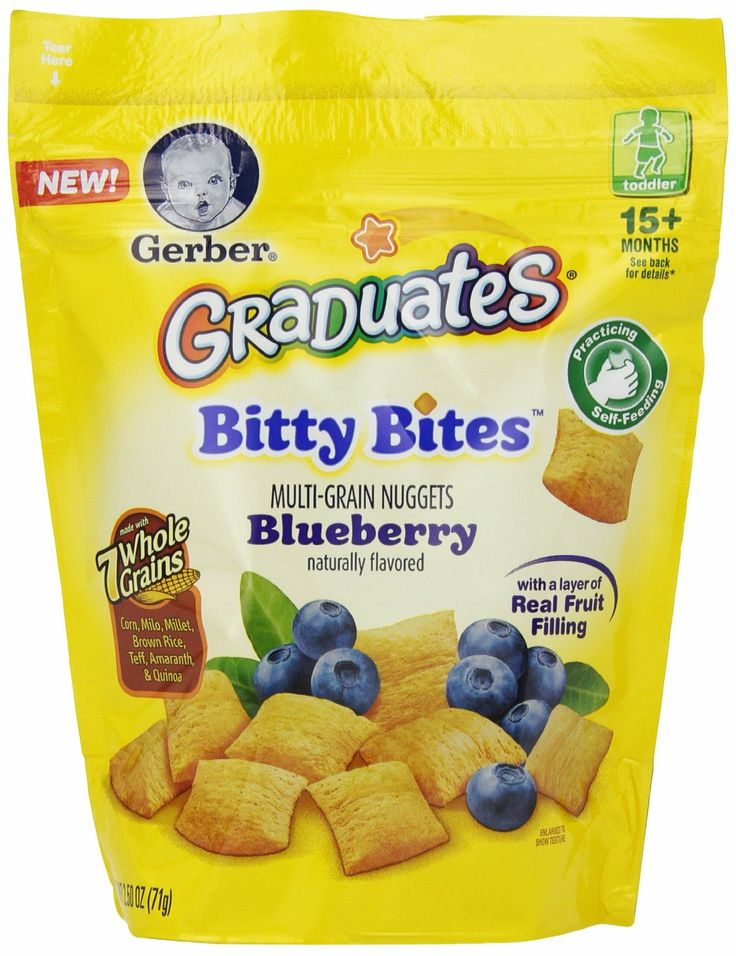
Benefits of Banana for Baby
Bananas are sweet, mushy, and easy to digest, so they are ideal as first foods for babies. They are a good source of potassium and fiber, and here’s the best part: you don’t have to peel, chop, steam, or puree them. Just peel, pinch with your (clean) finger, and then serve! Spoons are totally optional. Older babies love to squish bananas on their own with a little pincer grasp. But beware of messy banana on bibs, faces, high chair trays, clothing, the floor, the dog, your hair. Oh, bananas! Many a happy baby has gobbled, gulped, and giggled his way through those first delicious bites of bananas! 🍌
How to Make Banana Baby Food Puree
Make sure to read the recipe card below for full ingredients and instructions!
- Take a ripe banana and peel.
- Place half of it on a cutting board, and mash with the back of a fork until it’s rich and creamy.
Make sure to read the recipe card below for full ingredients and instructions!
- Cut a banana in half, and then gently cut about 2 inches from the stem around the banana.
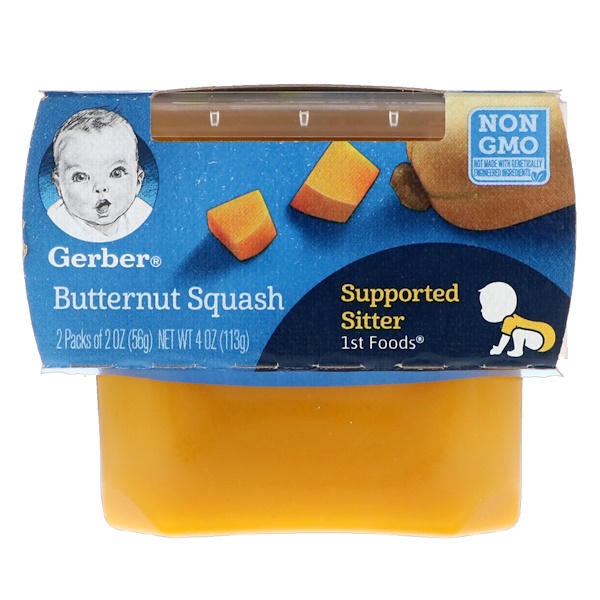
- Peel the top off, but leave the banana attached to give your baby a handle to hold onto.
- Hand your baby the stem part of the banana for them to hold onto while they eat it.
Looking for more banana recipes for your baby? I’ve got you covered: Banana Baby Food – 8 Ways (Puree & Baby-Led Weaning)
Squash
Squash comes in many delicious varieties and is one of the healthiest first food for babies.
Benefits of Squash for Baby
Delicata, Acorn, Hubbard, Kabocha, and Butternut are all part of the winter squash family and are all high in carotenoids, a special class of antioxidants that may help prevent cancer and inflammation. Winter squash may also help regulate blood sugar, reduce the risk of cardiovascular disease, and improve mood, thanks to its high content of mood-boosting Omega-3 fatty acids. Plus, winter squash has a robust, naturally sweet taste that babies will enjoy year-round.
How to Make Squash Baby Food Puree
Make sure to read the recipe card below for full ingredients and instructions!
- Place cubed squash (any variety) in a steamer basket and steam for 10-12 minutes or until tender when pricked with a fork.
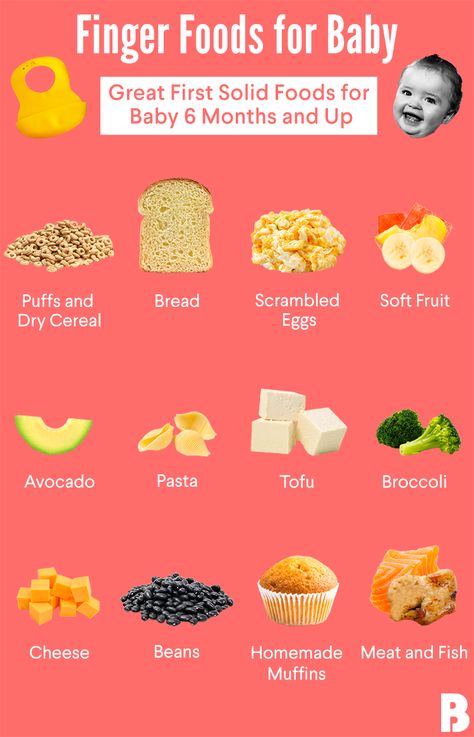
- Transfer to a blender and puree for 1-2 minutes on high, adding liquid (water, fresh breastmilk, or formula) in 1/4 cup increments until creamy. You can use frozen or precut squash to make your life a little easier.
How to Serve Squash for Baby-Led Weaning
Make sure to read the recipe card below for full ingredients and instructions!
- Cut long strips of squash and place them in a steamer basket over boiling water.
- Steam for 8-10 minutes until tender.
- Let them cool and serve. I love using this crinkle cutter to make veggies easier for my baby to grip.
Green Beans
In just one serving of green beans, your baby will be getting a nice big dose of essential nutrients.
Benefits of Green Beans for Baby
Nutrients found in green beans can help prevent various conditions, including asthma, ear infections, and even the common cold and flu! Although green beans have a rich, green color, they also provide your baby with carotenoids, normally found in vibrantly colored orange fruits and veggies.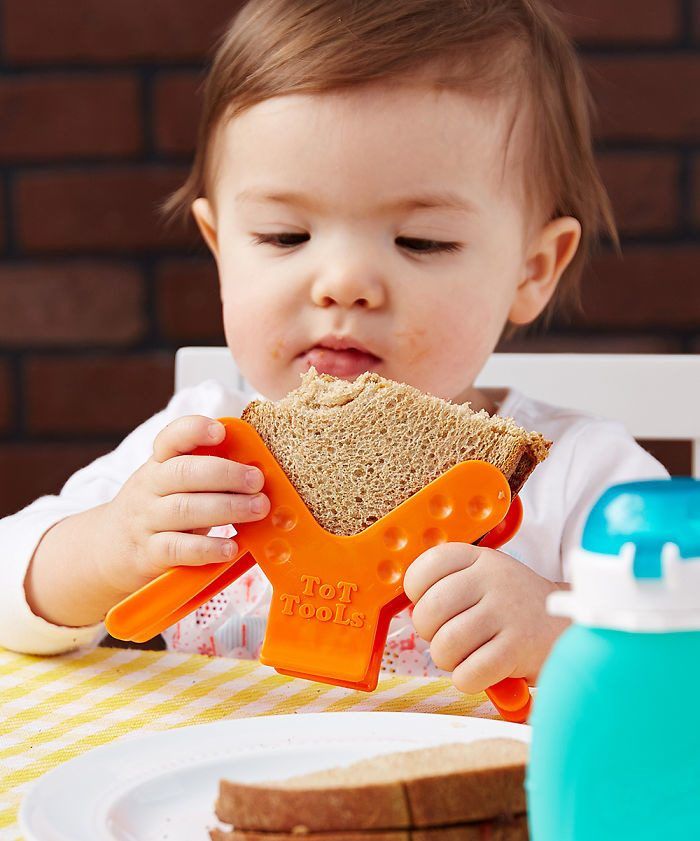 These carotenoids are potent health-supporting antioxidants that will help keep your baby free from illness!
These carotenoids are potent health-supporting antioxidants that will help keep your baby free from illness!
How to Make Green Beans Baby Food Puree
Make sure to read the recipe card below for full ingredients and instructions!
- Place two cups of green beans in a steamer basket over boiling water and steam for 8-10 minutes or until tender.
- Transfer the beans to a blender and puree for 1-2 minutes, adding 1/4 cup liquid (water, fresh breastmilk, or formula) if needed until smooth.
- Here are some more awesome green bean puree recipes: Green Bean + Basil Baby Food Puree, Green Bean + Coconut Oil Organic Baby Food Puree, and Green Beans + Parsley Baby Food Puree.
How to Serve Green Beans for Baby-Led Weaning
Make sure to read the recipe card below for full ingredients and instructions!
- Place a cup of green beans in a steamer basket and steam for 6-8 minutes or until tender when pricked with a fork.
- Let them cool.
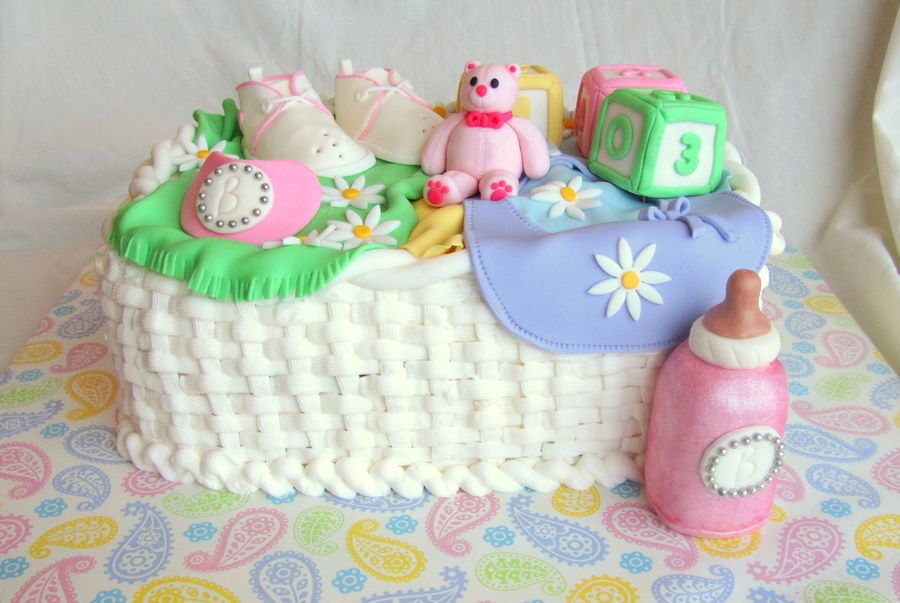
- If they are too long, cut them in half before serving to your baby.
- 1/4 avocado
- 1 large egg
- 1-2 medium sweet potatoes
- 1-3 apples, such as gala, fuji or honeycrisp
- 1-2 cups broccoli florets
- 1/4 cooked salmon
- 1-2 tbsp yogurt, plain whole fat or 2% fat
- 1/2 ripe banana
- 1-2 cups squash
- 1-2 cups green beans, trimmed
Avocado For Baby
For Puree: Simply peel and pit a quarter of a ripe avocado and place on a cutting board. Then with the back of a fork, mash the avocado until smooth.
 You can add in a teaspoon or two of formula or breast milk to make it super smooth and creamy.
You can add in a teaspoon or two of formula or breast milk to make it super smooth and creamy.For Baby-Led Weaning: Cut a slice of avocado off of the pit. Using a small knife, cut into the peel 1/3 of the way up the slice of avocado until you get to the flesh. Peel off 2/3 of the peel and hand baby the peel side of the avocado. This provides a nice handle for baby to hold while they eat the avocado.
Egg for Baby
For Puree: Using a hardboiled egg, peel away the shell and white part of the egg. Then place the cooked egg yolk on a cutting board or baby-safe plate. Using the back of a fork, mash the egg yolk until smooth, adding in a teaspoon or two of breast milk or formula if needed to make it creamy.
For Baby-Led Weaning: Peel a hardboiled egg and then cut into quarters the long way.
Sweet Potato for Baby
For Puree: Peel and chop 1-2 sweet potatoes.
 Place in a steamer basket over boiling water and steam for 10-12 minutes or until tender when pricked with a fork. Add cooked sweet potatoes to a food processor or blender, and puree for 1-2 minutes until completely smooth, adding in water in 1/4 cup increments if needed. I had to use 1 cup of water for the puree above.
Place in a steamer basket over boiling water and steam for 10-12 minutes or until tender when pricked with a fork. Add cooked sweet potatoes to a food processor or blender, and puree for 1-2 minutes until completely smooth, adding in water in 1/4 cup increments if needed. I had to use 1 cup of water for the puree above. For Baby-Led Weaning: Peel and slice the sweet potato into long strips that are half an inch thick. Place in a steamer basket and steam for 8-10 minutes or until just tender when pricked with a fork. You want them soft but not overcooked. Overcooked sweet potatoes tend to fall apart when baby fists them. Let cool and serve to baby. Will last 5 days in the fridge.
Apple for Baby
For Puree: Peel and chop 2-3 apples and place in a steamer basket over boiling water and cook for 8-10 minutes or until tender. Transfer the apples to a blender and puree for 1-2 minutes or until smooth, adding in liquid (water, breastmilk or formula) in 1/4 cup increments if needed.
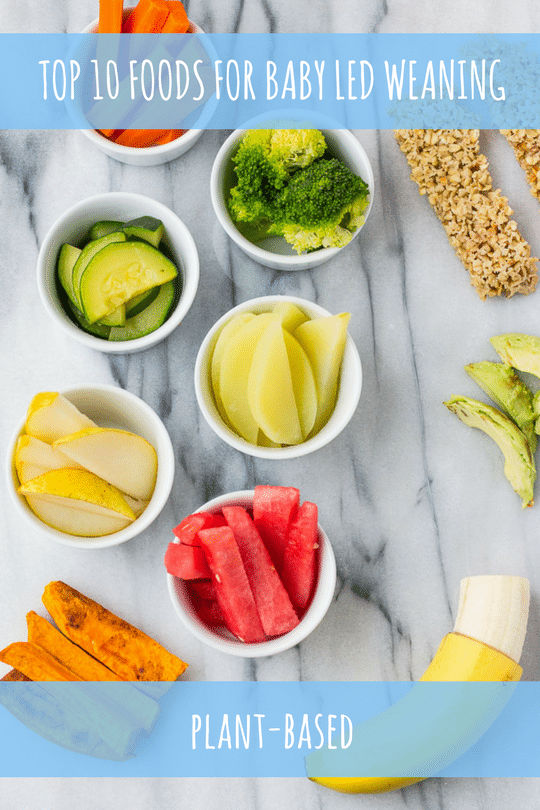
For Baby-Led Weaning: Peel and slice an apple and place in a steamer basket over boiling water for 6-8 minutes or until just tender when pricked with a fork. You want it soft but not falling apart. Let cool and serve to baby. Optional – sprinkle a pinch of cinnamon on apple slices before serving. Steam apple slices will last in the fridge for 3 days, add a squeeze of lemon juice to help them from browning.
Broccoli for Baby
For Puree: Place 2 cups of broccoli florets in a steamer basket over boiling water and steam for 10-12 minutes until tender. Transfer to blender and puree for 1-2 minutes, adding in 1/4 cup of liquid (water, breastmilk or formula) until you have a smooth puree.
For Baby-Led Weaning: Place a cup of broccoli florets into a steamer over boiling water and steam for 8-10 minutes or until tender when pricked with a fork. Let cool and serve to baby in florets or chopped up into “pea” size pieces.

Salmon for Baby
For Puree: I used grilled salmon as that is what I had on hand, but any cooked salmon would work. Place 1/4 cup cooked salmon along with 1 cup cooked sweet potato or squash into a blender and puree for 1-2 minutes, adding in 1/4 cup of liquids (water, breast milk or formula) until smooth. You can really use any fruit or veggie your baby prefers in this recipe. Adding another veggie in the puree helps the salmon blend into a nice smooth puree.
For Baby-Led Weaning: Flake some cooked salmon onto a baby-safe plate or their high chair tray, making sure to pick off any bones. Let baby eat with their hand or with a baby fork.
Yogurt for Baby
For Puree: Place a small spoonful in a bowl and serve to baby.
For Baby-Led Weaning: Place a small spoonful of yogurt into a bowl and load up a self-feeding baby utensil with a small amount of yogurt and hand it over to baby.
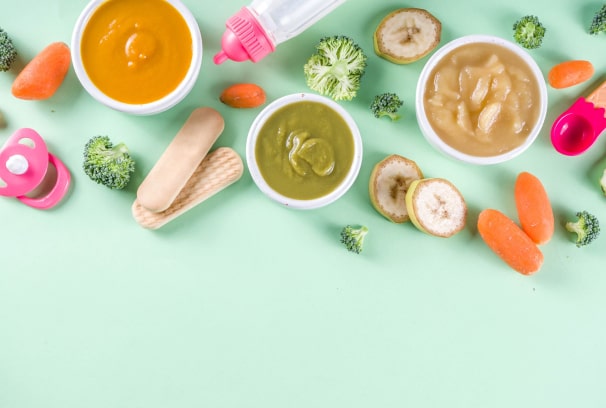
Banana for Baby
For Puree: Place half of a ripe and peeled banana on a cutting board and mash with the back of a fork until smooth.
For Baby-Led Weaning: Cut a banana in half, and then gently cut about 2 inches from the stem around the banana. Peel the top off, but leave the banana attached, thus giving baby a handle to hold onto. Hand baby the stem part of the banana for them to hold onto while they eat the banana.
Squash for Baby
For Puree: Place cubed squash (any variety) in a steamer basket and steam for 10-12 minutes or until tender when pricked with a fork. Transfer to a blender and puree for 1-2 minutes on high, adding in liquid (water, breastmilk or formula) in 1/4 cup increments until smooth. You can use frozen or pre-cut squash to make your life a little easier.
For Baby-Led Weaning: Cut long strips of squash and place in a steamer basket over boiling water.
 Steam for 8-10 minutes until tender. Let cool and serve.
Steam for 8-10 minutes until tender. Let cool and serve.
Green Beans for Baby
For Puree: Place two cups of green beans in a steamer basket over boiling water and steam for 8-10 minutes or until tender. Transfer the beans to a blender and puree for 1-2 minutes, adding in 1/4 cup liquid (water, breastmilk or formula) if needed until smooth.
For Baby-Led Weaning: Place a cup of green beans in a steamer basket and steam for 6-8 minutes or until tender when pricked with a fork. Let cool, cut in half if green beans are too long and serve to baby.
Age: 4+ months (stage one)
Storage: Purees can be stored in an air-tight container in the fridge for up to 4 days, and in the freezer for up to 3 months. Baby-led weaning foods can be stored in an air-tight container for up to 4 days.
Baby-led weaning foods can be stored in an air-tight container for up to 4 days.
Freezer Tray
Grabease Utensil
Bumkins Baby Bowl
Tripp Trapp High Chair
Did you make this recipe?
Tag @babyfoode on Instagram and hashtag it #babyfoode!
Pin Recipe Email a Friend
The best baby food manufacturers as voted
What is the best baby food for a newborn? How to choose infant formula? This is not the whole list of questions that parents ask themselves when it comes time to transfer a child to artificial feeding or mixed nutrition. We will try to answer some of these questions as objectively as possible, based on our own experience and real reviews of mothers.
Rating of the best manufacturers of baby food
We will not look at specific types of products such as formula milk or purees, but will try to identify the best manufacturers of baby food in general. The data was obtained from a survey among parents in one of the specialized groups of the social network.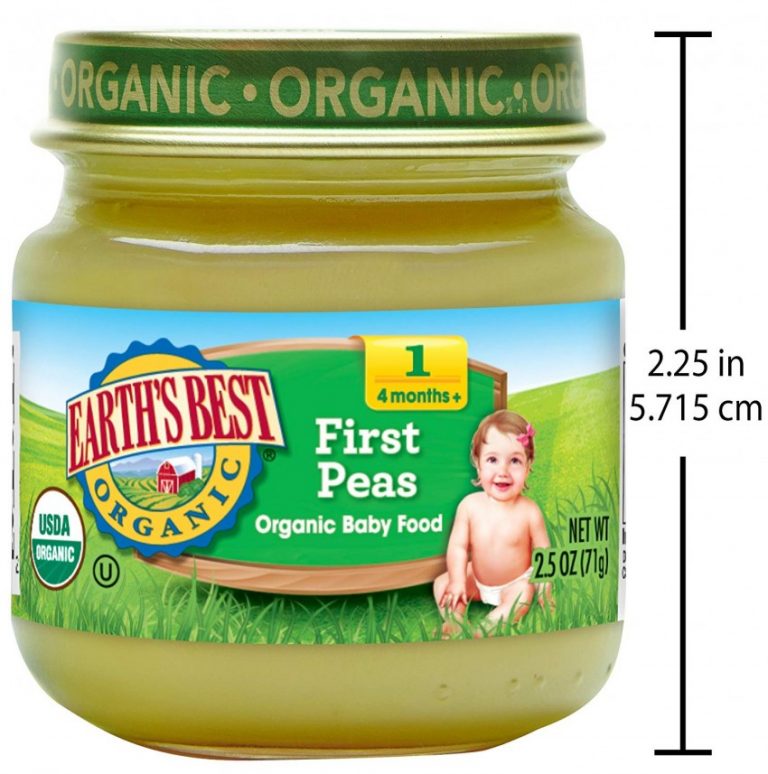
Nutricia
Based on the experience of parents who choose baby food for newborns, the first place in the rating is taken by Nutricia (manufacturer - Holland). More than one thousand scientists monitor the quality control of this manufacturer; there are no artificial additives in the composition of the products. The product range includes five types of baby food for babies from birth to three years. These are adapted milk mixtures, cereals, vegetable and fruit purees, drinks.
Many votes were given to milk mixtures from the manufacturer Nutricia. At the same time, parents write about improving digestion and normalizing stools in newborns. Vegetable purees from other manufacturers have an optimal consistency, and babies eat it with pleasure. Reviews of Nutricia children's tea with chamomile: « Excellent tea. Unsweetened, we drink with great pleasure ”, “ Baby drinks with pleasure ”. According to the price criterion, Nutricia products are very affordable for most buyers.
Nestle
In second place, according to the statistics of a survey of mothers, is baby food from Nestle (manufacturer - Switzerland) and their milk formulas NAN. Nutrition suitable for newborns, enriches the body with all the necessary vitamins and minerals.
Mom’s review of Nestle NAN Premium breast milk replacer: “ At first I used the mixture as complementary foods, but after infection and antibiotic treatment, the milk disappeared, and from the 20th day of life, my third baby eats only NAN, both older ones also grew by NAN, the first son - from the 3rd month, the middle daughter - from the 2nd. Everyone is healthy, no one had problems with stools, now we go by the hour with the baby - 2 times a day ". We should not forget that the body of each baby is special and it is possible to determine which brand of baby food is best for the baby only by trial and error. In order not to purchase a fake and avoid unpleasant consequences, you need to be extremely careful and buy baby food exclusively in trusted stores.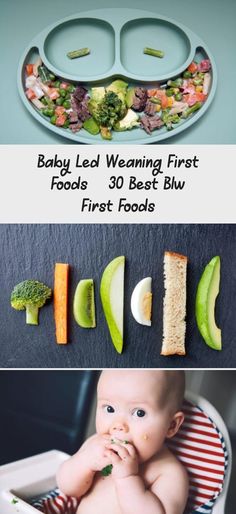
Hipp
In third place among the parents who determine the best manufacturers of baby food is the German company Hipp. The brand produces a whole line of adapted baby food products suitable for children of different ages: from birth, from 6 and 10 months. As for the vegetables and fruits from which the products are made, they are grown and harvested by the manufacturer. Hipp baby food can be found in supermarkets and pharmacies. Here is one of Hipp product reviews: « My baby likes it very much, and he is a very fastidious eater! ,” a parent wrote in the group.
Friso
Many parents are familiar with Friso nutrition. This is a manufacturer of powdered milk formulas for babies from birth and gluten-free cereals for the first and subsequent complementary foods. Some parents add Friso infant formula to dairy-free porridges from other manufacturers: “ The porridge is very tasty, the son eats with great pleasure ”, “ Good, tasty porridge.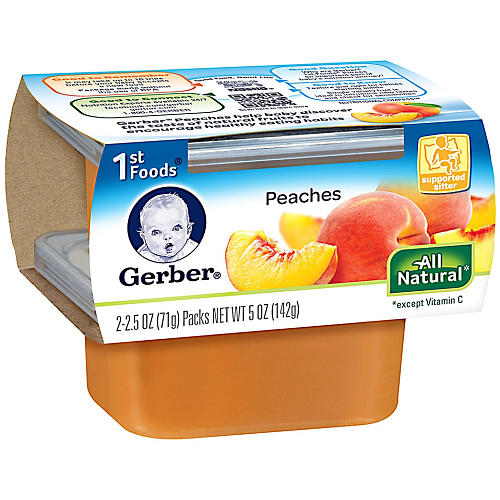 Smells good, blends well. My son is not allergic to her. We like ".
Smells good, blends well. My son is not allergic to her. We like ".
Many mothers are alarmed that the composition of these dry mixes does not comply with GOST. Do you always look at the compliance of products with the state standard?
Popular Russian producers
The popularity of vegetable and fruit purees for children of such brands as Babushkino basket, Tyoma and Frutonyanya is due to quality and affordable price. The range of domestically produced products can be found in pharmacies and on the shelves of children's departments in supermarkets. In general, parents are satisfied with the products of these brands and often purchase them for babies.
Parent reviews or advertisements
Reviews or advertisements determine baby food choices? The baby receives useful trace elements daily with breast milk or an adapted mixture from birth. Artificial feeding or the introduction of complementary foods is the most important stage in the life of any parent.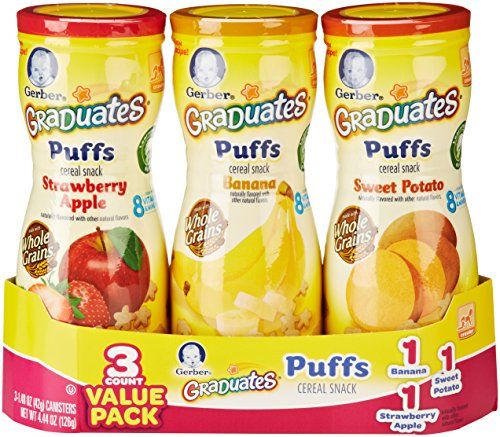 The growing body of a child simply needs vitamins and minerals for the harmonious development and strengthening of immunity. Everyone knows this very well. That is why it is necessary to find out which baby food company is the best.
The growing body of a child simply needs vitamins and minerals for the harmonious development and strengthening of immunity. Everyone knows this very well. That is why it is necessary to find out which baby food company is the best.
In stores you can see a huge number of types of baby food from a variety of manufacturers. What to pay attention to in the first place and what to be guided by when choosing? Trademark advertising plays an important role. If every day we are convinced from the TV screen that the nutrition of one or another manufacturer is the best for the child, then when we come to the store, we are looking for this particular product with our eyes. This approach, it must be understood, is not correct.
When introducing a new product into the baby's diet, especially at a very early age, a mandatory consultation with a pediatrician is necessary.
Each baby's body is deeply individual and what suits one may not suit another. Parents need to learn more about the quality of production of infant formula, fruit, vegetable and meat purees, cereals, compotes and juices. It is also important to know which baby food brands other more experienced parents are choosing.
It is also important to know which baby food brands other more experienced parents are choosing.
how to choose the right baby food and what is the best?
The ideal "baby food" for an infant is breast milk. However, not all mothers can breastfeed their baby, usually this is due to the health of the mother or child. It happens that the woman herself has a serious condition after childbirth and in the early postoperative period, reduced lactation or diseases in which breastfeeding is contraindicated. In such cases, the baby is given formula milk - this is the only alternative to mother's milk. Subsequently, at four to seven months, complementary foods should be introduced into the child's diet, regardless of whether he is breastfed or artificial. The mother is faced with the task of choosing the right baby food for complementary foods.
In this article, we will talk about what foods for babies are and how to choose the best baby food.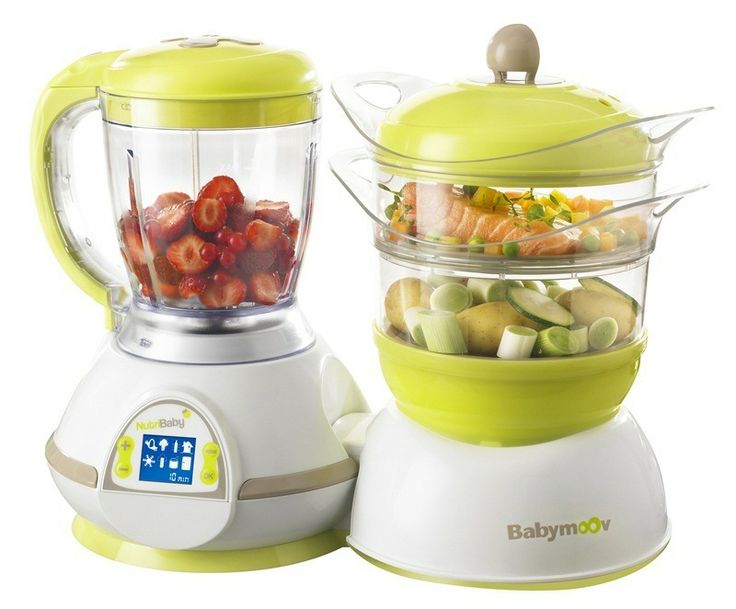
Legislation defines "baby food" as food products that meet the physiological needs of a child under 14 years of age. And nutrition for young children is food intended for children from birth to three years[1]. It is necessary to make a diet taking into account the age of the baby and the characteristics of his physical condition.
The Union of Pediatricians of Russia created the National Program for feeding children in the first year of life and the National Program for optimizing the nutrition of children from one to three years old [2]. They describe recommendations regarding what formula to feed the baby from birth, how to introduce complementary foods and expand the baby's diet. These programs provide detailed information on what nutrients and nutrients should be included in the diet of children of different ages.
First you need to figure out what kind of baby food is [3]. Products for toddlers can be divided into two categories:
Milk formulas.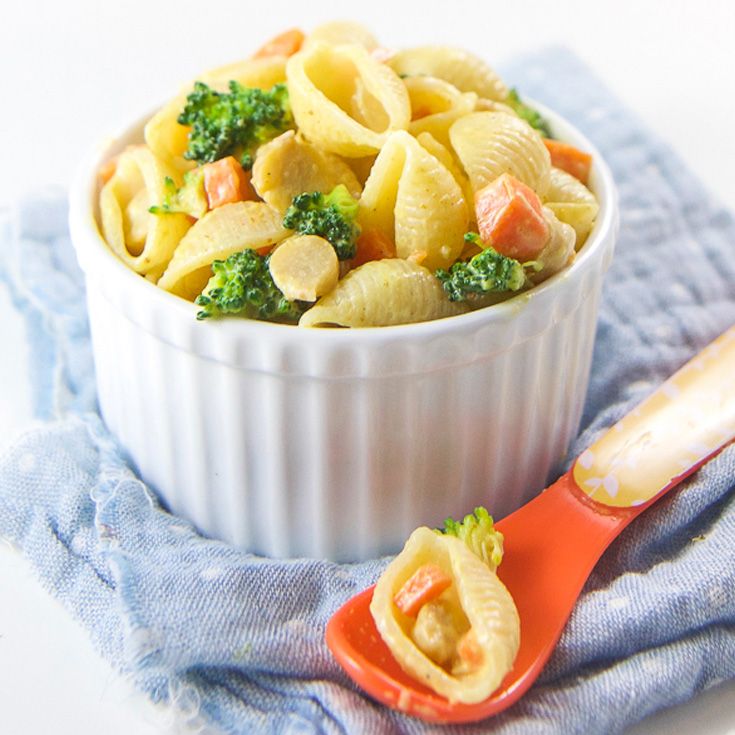 There are for children from birth to six months (formula 1 mixtures, or initial), from six months to a year (formula 2) and from a year (formula 3). The composition of such baby food is adapted, that is, as close as possible to the composition of breast milk.
There are for children from birth to six months (formula 1 mixtures, or initial), from six months to a year (formula 2) and from a year (formula 3). The composition of such baby food is adapted, that is, as close as possible to the composition of breast milk.
- In the initial mixtures, the amount of protein is reduced to 1.2-1.5 g / 100 ml - in accordance with the composition of breast milk. They also changed the fat and mineral profile. The initial mixtures are enriched with such an essential amino acid as taurine, and micronutrients, probiotics, vitamins.
- After six months, the baby's need for protein increases, mother's milk changes its composition. And babies on artificial feeding begin to be fed with a more nutritious mixture of formula 2. Taurine is no longer always needed: the body of a baby aged from six months to a year is able to synthesize this amino acid itself. Meanwhile, the content of iron, calcium, zinc increases compared to the initial mixtures, because by this age the child's reserves of minerals received from the mother during pregnancy are depleted, and they need to be replenished.

- A child's diet changes after one year - he is already able to eat a variety of solid foods. However, it is advisable to continue to feed him with a mixture, though already formula 3. Pediatricians recommend it as a source of vitamins and minerals that the baby can easily absorb.
Complementary foods As we have already noted, it is introduced when the baby is four to seven months old. This interval is referred to as the "critical window" and is considered optimal for initiating complementary foods for several reasons:
- The baby needs a wider range of minerals, vitamins and other nutrients. In addition, his baby's digestive system is already ready to accept more solid and complex foods than mother's milk or infant formula.
- At this age, the child develops an interest in food, and it is necessary to offer him the right foods to develop his taste.
- During this period, the risk of developing a food allergy to a new product is lower.
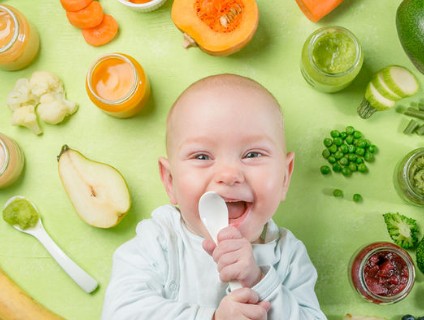
- Timely introduction of complementary foods prevents the risk of micronutrient deficiencies and iron deficiency anemia.
Usually the first food is vegetable puree or monocomponent gluten-free cereals, milk or dairy-free. Over time, cereals containing gluten, supplements from fruits and berries, and also consisting of several cereals are added. A six-month-old child can already be given several types of vegetables and cereals. Also, at about six months, they begin to give meat puree, then fruit, and from eight months - fish. A child from seven months is allowed the yolk.
From the age of 12 months, complementary foods already make up the majority of your baby's diet. At this age, it is especially important to diversify the child's diet: he can be given soups with small pieces of vegetables, meat, fish and cereals.
For information
During the first feeding, the child's eating habits are laid, and it depends on the parents how correct they will be.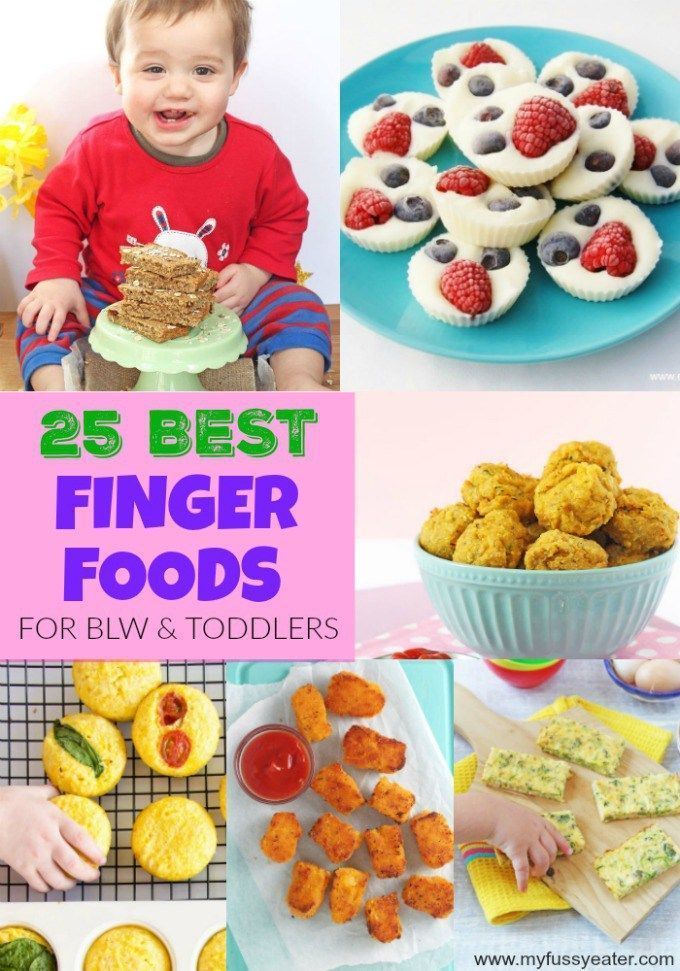 Often, mothers introduce fruit juices into complementary foods too early. And because babies have an innate preference for sweet tastes, they can become naughty and stop eating the unsweetened foods they need, especially vegetables. Unhealthy taste habits are formed, which can later provoke obesity.
Often, mothers introduce fruit juices into complementary foods too early. And because babies have an innate preference for sweet tastes, they can become naughty and stop eating the unsweetened foods they need, especially vegetables. Unhealthy taste habits are formed, which can later provoke obesity.
Domestic doctors are concerned about such irrational nutrition of young children - due to the wrong approach to nutrition, many babies experience a deficiency of vitamins and an excess of fast carbohydrates.
How to choose baby foods
Finding the right foods for your baby is not an easy task. Store shelves are bursting with boxes, jars and bottles, and manufacturers write on every second package that the baby will be healthy, strong and cheerful after feeding. Of course, the baby will receive the necessary substances, no matter what product his parents choose, because all the production of baby food is strictly controlled by the state. By the way, Russia has some of the most stringent requirements for the quality of baby food in the world.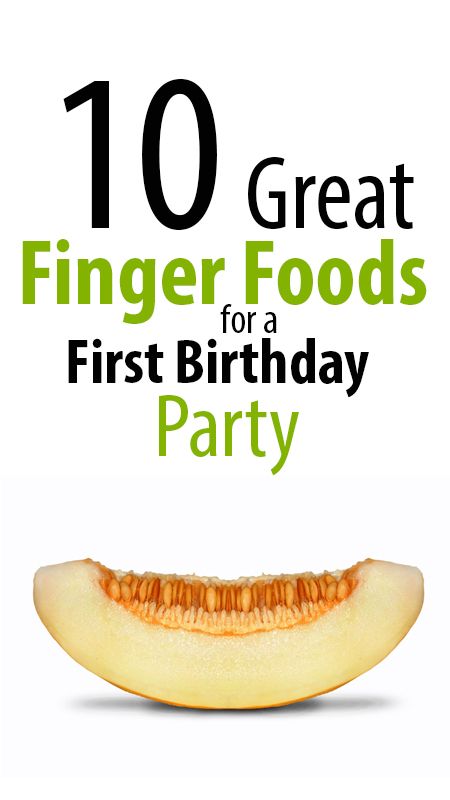
However, products for children differ in their properties. It is necessary to select food so that by the end of the first year of life the baby has actively developed chewing skills and an interest in independence, and the diet of complementary foods is reasonably varied.
For children from one to three years of age, the diet should be even more varied. It is important that the child receives daily something new from the main food groups: dairy, vegetables and fruits, meat and fish, cereals, butter and vegetable oil. Of course, the baby's diet should be expanded taking into account his state of health.
When organizing the nutrition of a child from the moment of introduction of complementary foods and up to three years, a mother needs not only to know what can be fed, but also to consider what foods should not be included in the diet. Among the prohibited products for children under three years of age:
- any mushrooms, vegetables and fruits in a marinade;
- pickles, preserves in tomato sauce;
- commercial juice concentrates, carbonated drinks, coffee and strong tea;
- various seasonings - mustard, ketchup, hot sauces, horseradish, pepper, vinegar, mayonnaise;
- products containing flavors, industrial colors, including chewing gum;
- margarine and refractory fats - lamb, pork;
- chocolates, sweets, other sweets.
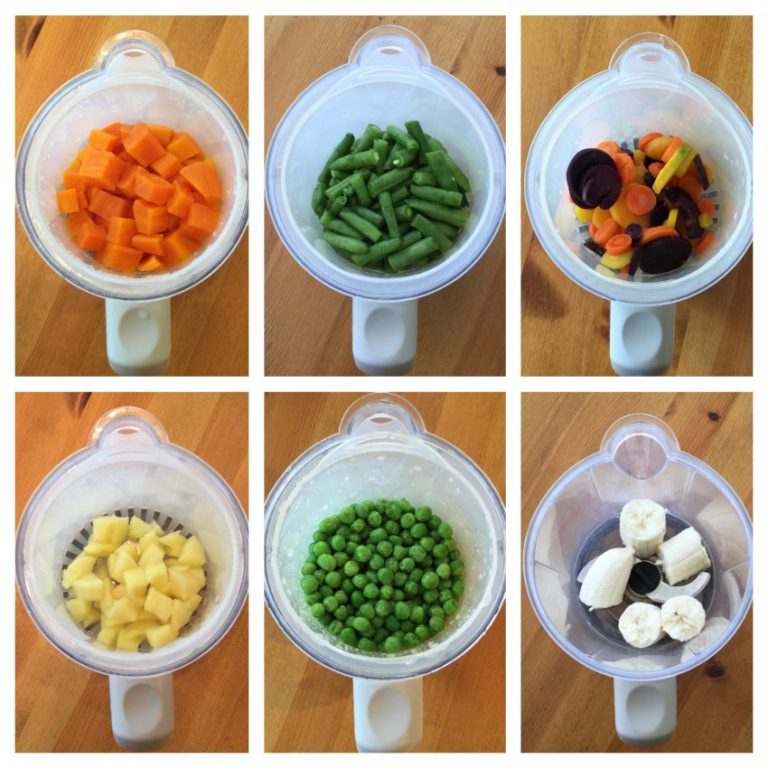
To choose the right baby food, you need to know exactly what you should pay attention to and what you don't need to worry about.
When choosing blends it is important to check:
- Absence of palm oil. Formula manufacturers may use palm oil (more specifically palm extract) because, like breast milk, it is rich in palmitic acid. However, in human milk, palmitic acid is in the beta position, while in palm oil it is in the alpha position. Such alpha-palmitic acid can interfere with the absorption of calcium and fats and is generally less well absorbed by the child's body. This can negatively affect the work of the intestines, lead to constipation, regurgitation. Milk fat is better suited for baby food as a source of palmitic acid[4][5].
- Protein ratio. Breast milk protein is primarily whey proteins and casein. A child needs both types of protein, while proteins are easily digested, which cannot be said about casein.
 If baby food contains a lot of casein, it stays longer in the digestive tract, which can cause problems with the baby's stool.
If baby food contains a lot of casein, it stays longer in the digestive tract, which can cause problems with the baby's stool. - The presence of additional functional elements in the composition - lutein, nucleotides, pre- and probiotics. The task of lutein is to protect vision from ultraviolet rays. Nucleotides are low molecular weight compounds that promote the growth of beneficial bifidobacteria in the intestines. And pre- and probiotics in the composition of infant formulas help to establish comfortable digestion.
When choosing complementary foods, pay attention to:
- Age appropriate. It is important that in the diet of a child under three years of age who receives complementary foods, special children's products predominate - in their composition the components are selected taking into account the age-related needs of the baby's body. It is impossible at an early age to transfer children to "adult" foods like pickles, smoked foods, fast food, and so on.
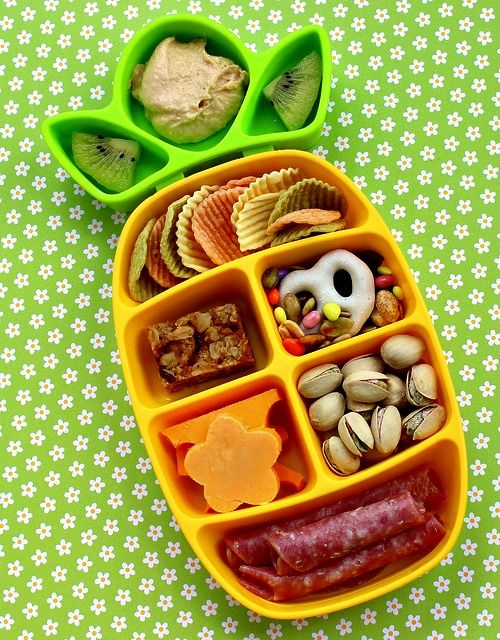
- Fortified foods. It is important that the composition contains vitamins and minerals. The National Child Nutrition Optimization Program recommends choosing complementary foods that contain elements designed to prevent anemia, rickets, and vitamin deficiencies.
- Dietary diversity. The menu for a baby up to six months is quite monotonous. But as they grow older, the baby needs more various nutrients - proteins, carbohydrates, fats, vitamins, minerals.
- On the individual reaction of the baby. If the child is already receiving complementary foods, then it is worth introducing a new product only after the previous one has been fully introduced. If the baby is allergic to the product, then it should be administered carefully, carefully checking the reaction of the body.
Ingredient safety testing is optional. Of course, the content of any "chemistry" in the product for feeding a child, whether it be a mixture or complementary foods, is unacceptable. There is no need to worry about this: baby food is carefully checked. If it is registered on the territory of the Customs Union and hit the shelves, then it complies with SanPiN 2.3.2.1940-05 and there will be no "prohibited" components in its composition. Also, contrary to popular misconception, in Russia it is forbidden to use GMOs in children's products.
There is no need to worry about this: baby food is carefully checked. If it is registered on the territory of the Customs Union and hit the shelves, then it complies with SanPiN 2.3.2.1940-05 and there will be no "prohibited" components in its composition. Also, contrary to popular misconception, in Russia it is forbidden to use GMOs in children's products.
Note
Baby food in jars (usually mashed potatoes) has a short shelf life after opening, because it does not contain preservatives. However, before the jar is opened, the products can stand for quite a long time on the shelves of stores or in the refrigerator at home. This is possible thanks to a special production technology, sterilization and vacuum packaging. If a soft pop is heard when opening the jar, this is a good sign: the puree is not spoiled. But products in jars with swollen lids or a protruding bottom should not be used: microorganisms already multiply in such food, it is not suitable for food.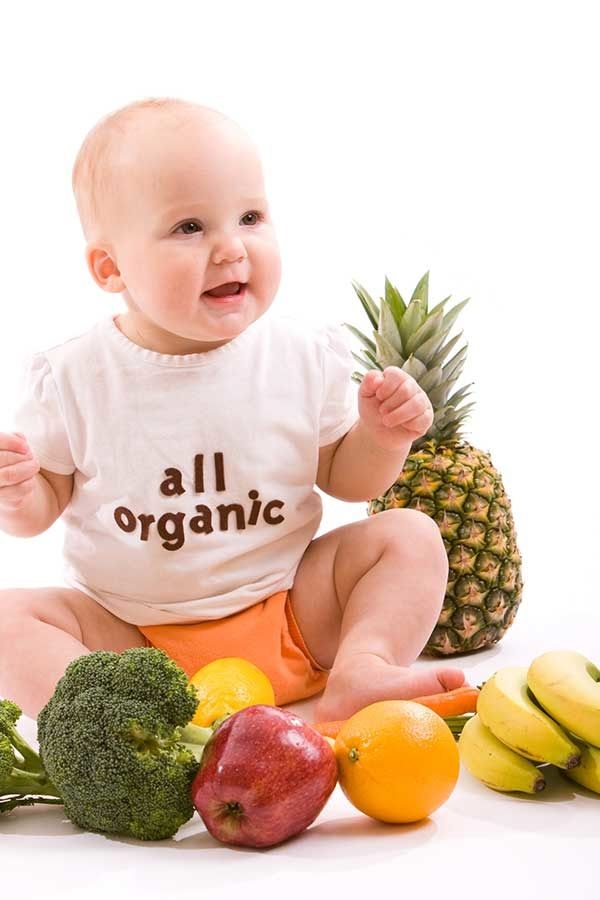
Features of the choice of dairy products
It is necessary to choose dairy products for babies, following the doctor's recommendations. The specialist will take into account the health of the baby, especially if he is allergic to cow protein. In Russia, such an allergy occurs in 30–40% of children [6]. Such a reaction may occur due to hereditary predisposition and immaturity of the body. But most often, allergies go away when the child grows up.
Goat milk baby food may be a suitable option for young children with a predisposition to allergies. Its protein is perceived by the body better than cow's: alpha-s1-casein, contained in large quantities in cow's milk, makes a product based on it difficult to digest - food stagnates in the baby's gastrointestinal tract, motor skills are disturbed, as a result, allergies often occur. In goat milk, as in breast milk, there is practically no alpha-s1-casein [7]. Therefore, goat's milk, and hence the mixture based on it, are better absorbed.

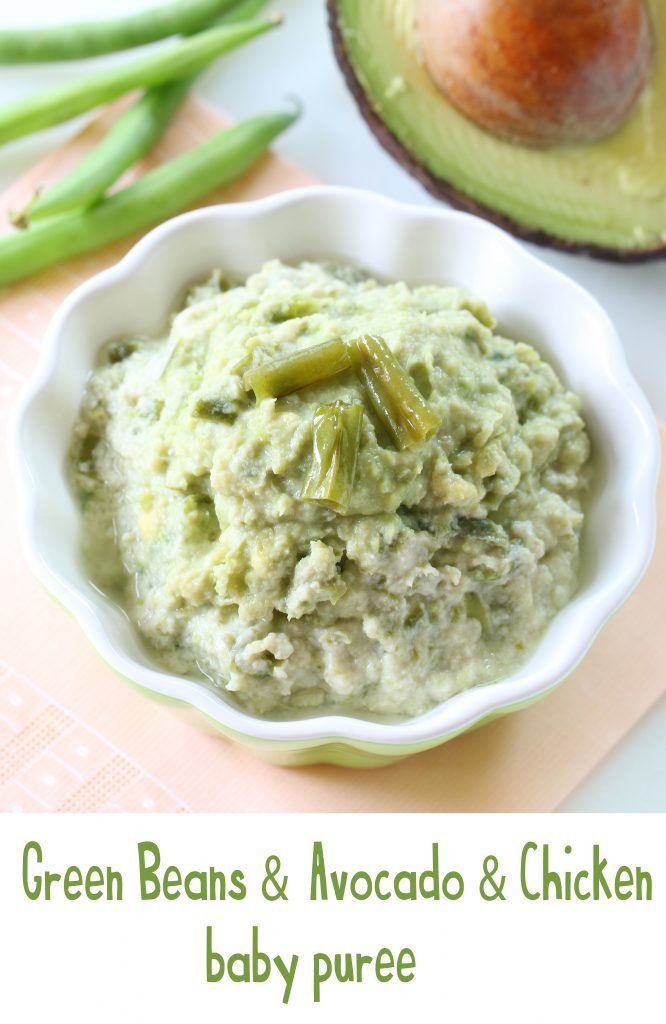

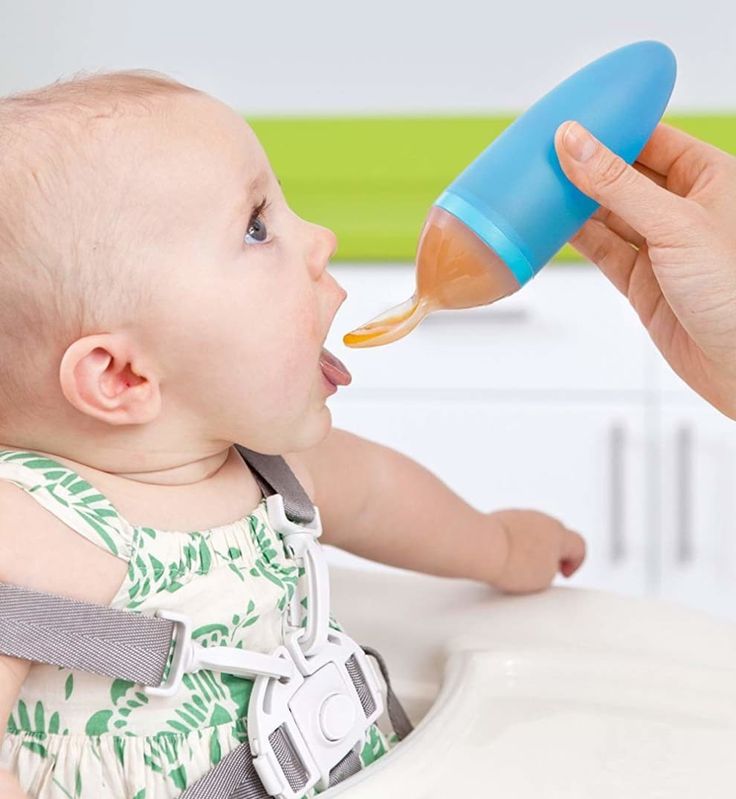


.jpg)




